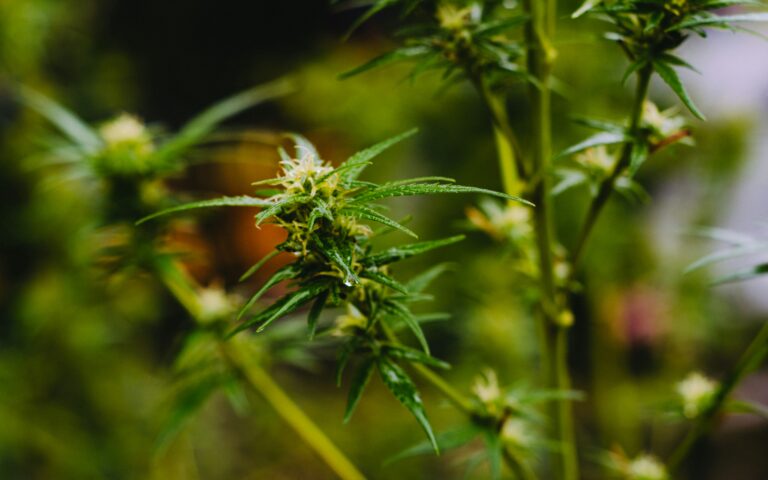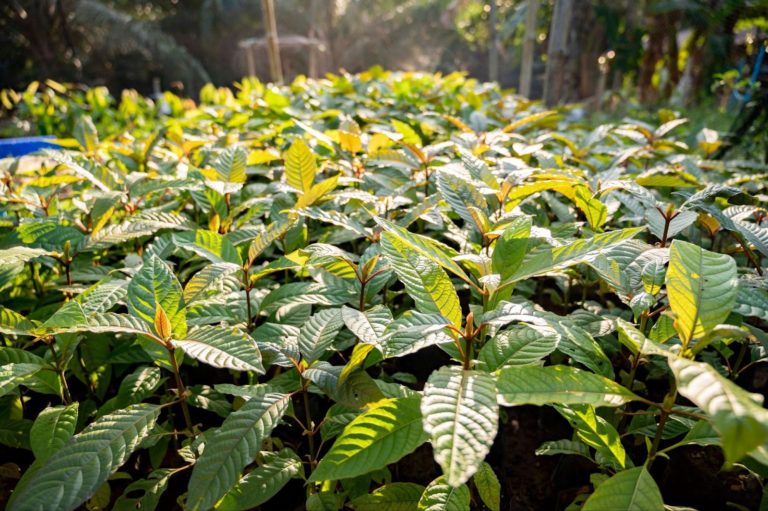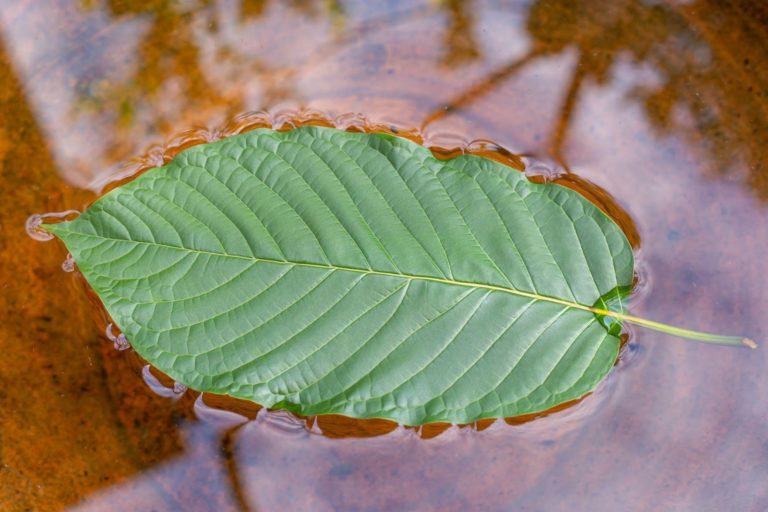What Is a Native Species?
Every organism is native to our planet, and each species has a place where it has evolved and existed for millennia. A native species is defined as one that thrives in a specific place without human intervention. Native species in North America include those that were on the continent before Europeans arrived. The range of a native species is determined by biological interactions, climate, geology, hydrology, natural dispersal, and soils. Since Europeans arrived in America, humans have had a significant role in rearranging plants and animals, moving them to areas that far exceed their natural ranges.
- Why Native Plants Matter: Native plants sustain life, so they have great ecological importance.
- Native Gardening: Native plants don’t need fertilizers, and they usually don’t need supplemental irrigation.
- Native Plants, Non-Native Plants, and Invasive Species: The National Park System seeks to control invasive species to protect parks.
What’s an Exotic Species?
Humans introduce exotic species to locations outside of their natural range. This introduction can involve moving from continent to continent, to new ecosystems, or even to new habitats within an ecosystem. When European settlers arrived in America, they brought many plants with them to use for medicine, food, and decoration. Today, exotic plants are moved around the world frequently. Even when exotic plants can reproduce naturally in the wild, known as naturalization, they are still considered exotic. These plants often become invasive, having a detrimental impact on ecosystems and native species.
- Native, Invasive, and Other Plant-Related Definitions: Invasive plants tend to create environmental harm in an ecosystem, which will hurt native species.
What Makes an Exotic Species Invasive?
Non-native species can often exist harmoniously in an ecosystem. Examples of exotic plants that are firmly rooted in American agriculture include oats, rice, and wheat. Marijuana is believed to be native to Central Asia, also making it an exotic plant in North America. The benchmark for an exotic plant is determining how it responds to the new environment. If it grows and spreads quickly, taking over large areas, it’s considered invasive. Invasive plants grow energetically and reproduce seeds quickly that germinate effusively.
- What Is an Invasive Plant?: An invasive plant has become a pest, displacing other plants.
- The 15 Worst Invasive Plants in America: Invasive plants in America include barberry, Japanese honeysuckle, and black locust.
How Many Plants Are Invasive?
The Plant Conservation Alliance Alien Plant Working Group estimates that approximately 1,100 plant species are invasive in the United States, comprising about one-third of the exotic plant species reproducing in the wild. Humans have planted invasive plant species intentionally to control erosion, for livestock to graze on, to enhance wildlife habitat, and as ornamentals. Exotic plant species have also escaped from backyards, botanical gardens, and arboretums. Once escaped, these plants can reproduce quickly in their new environments.
- Escape of the Invasives: Top Six Invasive Plant Species in the United States: The worst exotic plants are the ones that grow vigorously and seed prolifically.
- Invasive Plant Atlas of the United States: Resources in a growing area like sunshine and water may be limited, and exotic plants may overwhelm the native plants by taking all of these resources.
- Native Plant, Invasive Plant: What Are the Differences? Why Does it Matter? Plants have an ecological function to provide food or help regulate the ecosystem, and exotic plants don’t usually provide these functions.
Terms to Describe Invasive Plants
Native Range: Every plant species has a home where it existed naturally. Organisms distribute themselves in nature over time thanks to both biological and physical factors. Native species occur in a specific region without human involvement.
Non-Native Organisms: These plant species occur artificially in areas outside their natural range. Non-native plants refer to species moved from continents, regions, ecosystems, and habitats. Exotic plants are always considered exotic, even if they naturalize in a habitat.
Growth Habit: An exotic plant responds to its new environment, typically growing and spreading quickly. This usually leads to the plant taking over large areas of an ecosystem. Sometimes, animals, parasites, and diseases also have an impact on how exotic plants spread. As plants take over, they tend to crowd out the native plants and vegetation.
Weeds, Wildlands, and Natural Areas: Weed is a subjective term used to describe any plant growing out of place. Thus, the word weed might describe any native or non-native plant that’s growing in an undesired location. A wildland or natural area is an area of land or water with mostly native plants and natural geological features, left to respond to nature without human involvement.
Biodiversity: The millions of species that share space on Earth are a large-scale example of biodiversity.
Noxious Weeds: Exotic plants that have become very disruptive in an ecosystem are designated as noxious weeds. The U.S. Department of Agriculture manages and regulates noxious weeds. These weeds threaten natural areas with their aggressive invasion.
- Terrestrial Plants: Terrestrial invasive plants grow in non-aquatic habitats.
- Invasive Plants Taking Over the U.S.: Scientists fear that non-native plants are now more widely distributed than native plants in the United States.
Problems With Invasive Plants
Domination of Invasive Plants: Invasive non-native species are a major threat to natural ecosystems. These species disrupt ecology, displace native species, and degrade biological resources. Aggressive exotic plants reduce light, water, nutrients, and space for native species. Some species can even hybridize with native plants, which causes unnatural changes to a plant’s genetics. Some scientists call exotic organisms “biological pollution.” These species can even drive native species to endangerment or extinction.
Impacts to Native Fauna: Native animals and insects are dependent on native plants for their food and shelter. Some animals can eat a varied diet, but others eat a restricted diet that might include only one or two types of plants. If exotic plants take over, native animals might not have the nutrition they need.
Disturbance Effects: Invasive species can be disturbed by human activities such as forest-clearing, road-building, home -building, mining, erosion control, fire prevention, and more. Natural disturbances such as fires and floods can also enable invasive species to gain traction.
North America has about 18,000 native plants. These plants are the foundation of the American landscape, and they are unique to the different regions of the country. Native plants provide natural fiber and food.
- The Problem With Invasive Plants: Invasive plants contribute to soil erosion because their roots are usually more shallow than native plants.
- Five Local Plants You’d Never Guess Are Invasive: Some exotic plants, such as English ivy and honeysuckle, are so ingrained in America that people don’t even know they’re exotic.
What You Can Do
Everyone can help reduce and prevent the spread of invasive exotic plants to help restore native flora and fauna.
- Avoid disturbing natural areas. Don’t clear native vegetation, plant non-native plants, or dump yard waste.
- Don’t buy exotic plants to use in your landscaping. Use plants that are native to your region.
- Identify existing plants in your landscape and remove invasive plants if you discover them. If you choose to keep them, control their spread by pruning them.
- Consult experts if you have questions about exotic plants.
- Notify land managers if you notice exotic plant species growing.
- Offer to help remove exotic plants where you find them.
- Encourage local officials to plant native plants in public landscapes.
- How to Stop Invasive Plants From Spreading: Planting native plants and shrubs provides the best food and shelter for wildlife.
- Managing Invasive Plants: Controlling invasive plants involves mechanical, chemical, and biological processes.
Invasive Species Resources
- Invasive Plants in Your Backyard: Learn how to identify and control invasive plants in your landscape.
- Invasive Weed Identification and Management: Identifying invasive plants can be tricky sometimes, but an identification guide can help.
- Invasive Plant Species: States may have regulations in place to control invasive plant species.
- A Field Identification Guide to Invasive Plants: A guide to invasive plants can be useful for identifying plants.
- Fall Is a Good Time to Check for Noxious Weeds and Invasive Species: After the growing season ends, check your landscape to find and remove any noxious weeds.
- Identification and Control of Invasive and Troublesome Weeds: Removing invasive plants from a landscape will prevent them from taking over the habitat.
- Invasive Plant Photos and Information: Check photos and plant descriptions to identify potentially invasive species in your landscape.
- Preventing the Spread of Invasive Plants: Chemical treatment prior to seed set can be an effective way to control invasive plants.
- Invasive Plants: Invasive plants can harm wildlife, damage crops, cause disease for humans and livestock, and impact recreational opportunities.
- Invasive Weed Management Handbook: Keeping invasive plants out of grazing areas is important for livestock well-being.









